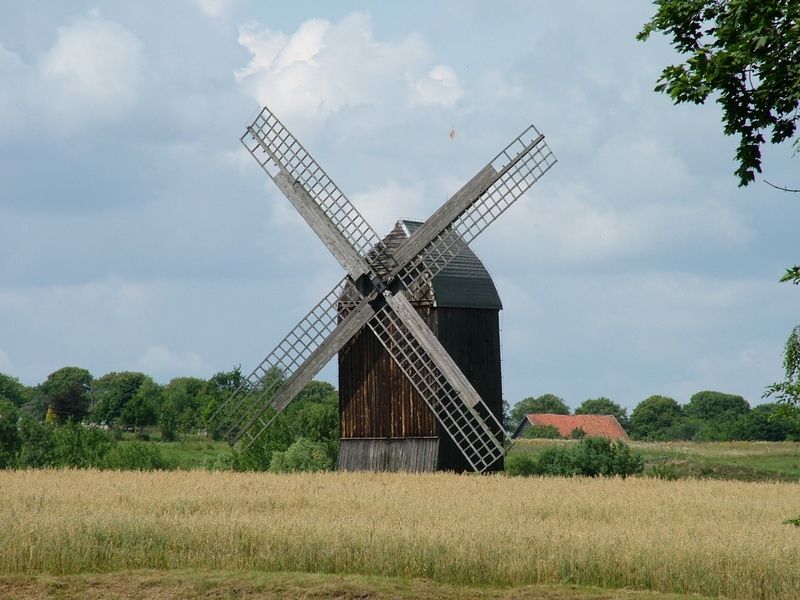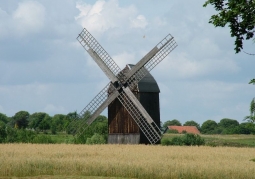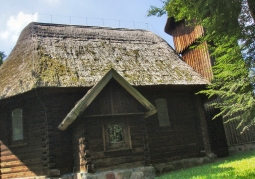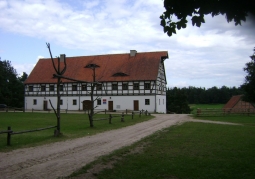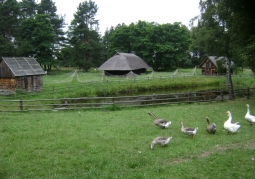Museum of Folk Architecture - Ethnographic Park - Olsztynek
No weather data
0.0 /5
Number of ratings: 0
Address: ul. Leśna 23 , 11-015 Olsztynek
Originally, the museum was founded as an exhibition of folk architecture from the areas of Prussia, on the outskirts of the zoo in Königsberg. The founder was Dr. Richard Dethlefsen - Provincial Conservator of Monuments of East Prussia. In 1937, it was decided to move the exhibition to Olsztynek and create an open-air museum, where the Hindenburg mausoleum was once located. The move took place in 1938–1942. Failed to move all objects. Of the 22 presented in Königsberg, 14 were moved, with one barn burned down from lightning in 1945. After World War II, buildings gathered in Olsztynek were looked after by the Provincial Conservator of Monuments in Olsztyn. At the end of the 1950s, Dr. Franciszek Klonowski began to supplement the collection with new rural architecture objects. In September 1, 1961 the Ethnographic Park was created, functioning as a branch of the Masurian Museum in Olsztyn. Its first director was dr Józef Wieczerzak. On January 1, 1969, the open-air museum began to function as an independent and autonomous unit under the name "Museum of Folk Architecture - Ethnographic Park in Olsztynek". In 1974, the Museum took over a fragment of the Gothic buildings of the city of Olsztynek: a ruin of a 14th-century church, once a tower of the city's defensive walls, which were renovated and adapted to the functions of the Exhibition Salon and House of Mrongowiusz. Currently, the open-air museum in Olsztynek covers about 100 ha, there are 68 architectural objects and exhibitions of rare species of farm animals of Polish origin. On December 30, 2008, the Museum was entered into the State Register of Museums kept by the Minister of Culture and National Heritage. Under the name of the Museum of Folk Architecture - Ethnographic Park in Olsztynek in the State Register of Museums is at number 99. The Museum of Folk Architecture - Ethnographic Park in Olsztynek is a founding member of the Association of Open Air Museums in Poland. In 2009, the Museum received the honorary prize of Oskar Kolberg, for his achievements in popularizing folk culture and folklore.
Komentarze
No results
Nearby places

Teutonic Castle - Olsztynek
Category: LocksThe castle was erected on the orders of the commander of Ostróda Günter von Hohenstein in the years 1349-1366 in the Gothic style, intended for the seat of the burgrave, whose task was to collect tax liabilities and...
1 km
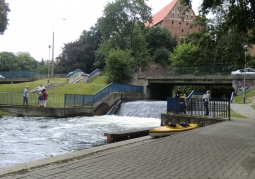
Moving in Łyna - Olsztyn
Category: Ports, piers and harborsMoving on the Łyna River in Olsztyn in a dangerous place. There are concrete spikes for breaking ice visible when the water level is low through its mirror. It is definitely not recommended to swim to this place due to...
25 km

Ruins of the Castle of the Pomezanian Chapter - Szymbark
Category: LocksThe first mention of Szymbark comes from 1378. However, probably the construction of the castle belonging to the Pomezanian Chapter started at Lake Szymbarskie in the first half of the fourteenth century, on the...
54 km
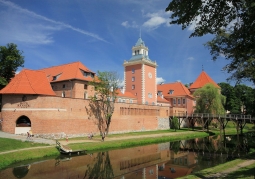
Castle of Warmian Bishops - Lidzbark Warmiński
Category: LocksThe castle from the 14th century is one of the most valuable monuments of Gothic architecture in Poland. It was built in the years 1350-1401 by bishops, from Herman from Prague to Henry Sorbom. It was built on a narrow...
63 km
Phone
(89) 519-12-30
Godziny otwarcia
April: Tuesday - Sunday: 9:00 - 17:00 May - June: everyday: 9:00 - 17:00 July - August: daily: 10:00 - 18:00 September: Tuesday - Sunday: 9:00 - 17 : 00 October: Tuesday - Sunday: 9:00 a.m. - 4:00 p.m. November 1 -14 April: daily: 9:00 a.m. - 3:00 p.m.
Service prices
normal ticket - PLN 12.00 reduced ticket - PLN 7.00 family ticket (two adults + 2 children under 16 years) - PLN 30 ticket for the National Large Family Card - PLN 5.00 ticket for the residents of Olsztynek - 3, 00 PLN guide in Polish (groups up to 40 people) - 50.00 PLN Children under 7 years free admission
Nearby places

Teutonic Castle - Olsztynek
Category: LocksThe castle was erected on the orders of the commander of Ostróda Günter von Hohenstein in the years 1349-1366 in the Gothic style, intended for the seat of the burgrave, whose task was to collect tax liabilities and...
1 km

Moving in Łyna - Olsztyn
Category: Ports, piers and harborsMoving on the Łyna River in Olsztyn in a dangerous place. There are concrete spikes for breaking ice visible when the water level is low through its mirror. It is definitely not recommended to swim to this place due to...
25 km

Ruins of the Castle of the Pomezanian Chapter - Szymbark
Category: LocksThe first mention of Szymbark comes from 1378. However, probably the construction of the castle belonging to the Pomezanian Chapter started at Lake Szymbarskie in the first half of the fourteenth century, on the...
54 km

Castle of Warmian Bishops - Lidzbark Warmiński
Category: LocksThe castle from the 14th century is one of the most valuable monuments of Gothic architecture in Poland. It was built in the years 1350-1401 by bishops, from Herman from Prague to Henry Sorbom. It was built on a narrow...
63 km
